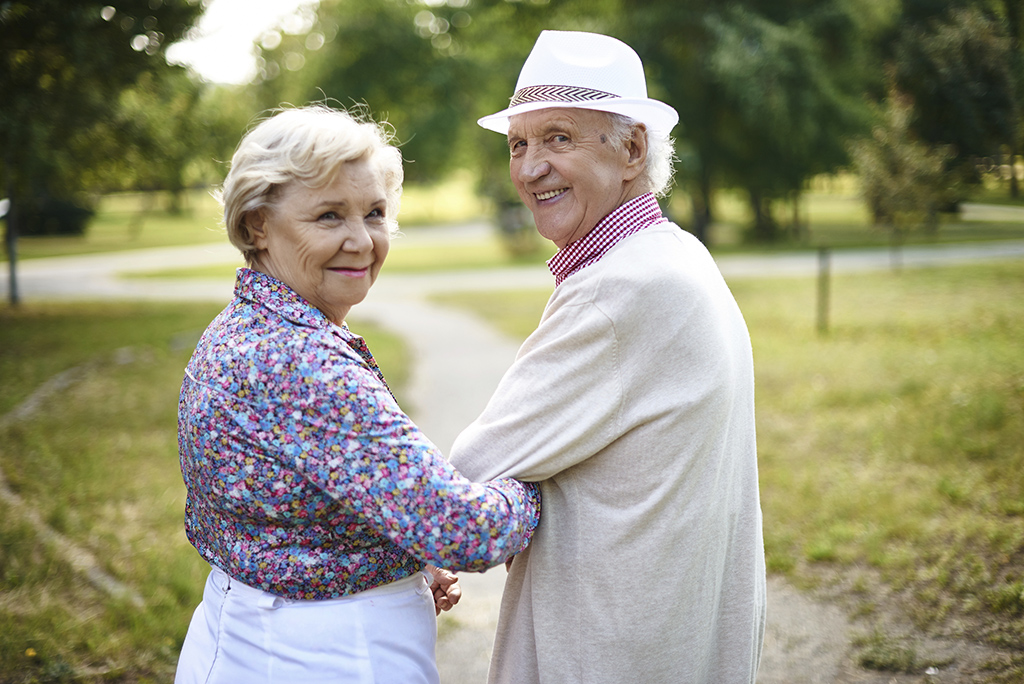Maintaining movement in retirement
Written by Stannah
Exercise Promotes Health
Exercise and mobility are important at all stages of life. This is especially true as people retire from both the physical, social and mental activity that employment provides. Exercise and movement have long been recognised as important factors in maintaining health and in the prevention and management of chronic disease. Activities done in groups can also assist in the alleviation of loneliness and isolation, which is common for seniors in their later years.

Benefits of Exercise
The benefits of exercise are well documented. These include an overall improvement in quality of life, through independence supported by the ability to still undertake daily tasks, increased energy levels, better quality of sleep, muscle endurance and a general elevation of emotions and the ability to sustain a healthy weight.
Recommended Exercise Types and Amounts
It is recommended by health authorities, that retired adults need to be engaging in both aerobic and muscle strengthening exercise to both maintain and improve their overall health and fitness. It is considered that 150 minutes of moderate aerobic exercise or 75 minutes of high intensity exercise each week is sufficient for retirees to maintain the fitness they need to stay engaged in their community. It is also recommended that muscle strengthening exercise is undertaken at least twice a week.
Exercise Examples
This can be as simple as going for a brisk walk, engaging in a water aerobics class, ballroom dancing, bike riding, playing tennis or even mowing the lawn. If you can undertake a higher intensity workout activities to be considered might be jogging, aerobics, martial arts or bushwalking in hilly areas. Muscle strengthening actions could be as simple as carrying in the food shopping for the week, digging in the garden or doing yoga or lifting weights.
Places to Exercise Outdoors
As Australians love the great outdoors, there are many opportunities to exercise, whilst enjoying the wonderful natural environment of the beach. Icebergers and surfers brave the cold sea temperatures in winter months. There are yoga and tai chi classes in beach locations across the country.
Benefits of Salt Water Exercise
The benefits of exercising in salt water are numerous. It can improve not only your physical but also your mental health. Its medicinal properties assist in the promotion of healthy immune and circulatory systems, as well as hydration of the skin and the removal of toxins from the body. Swimming in heated seawater initiates the healing processes of the body to combat diseases and is beneficial in the alleviation of chronic aches and pains. Its compounds also have a soothing effect on the nervous system to assist in the reduction of stress and the production of a sense of serenity.
Types of Outdoor Exercise
Bushwalking and horse riding are other ways to enjoy the beauty of the natural surroundings Australia has to offer whilst still exercising. There are many tracks and trails to explore of varying degrees of difficulty, within a close drive from most of our major cities and towns.
Keep Moving and Engaged
Whatever you do the important point to remember is no matter what your ability is it is important to keep moving and keep engaged in your community and in life.
If you would like to know more, please consider the articles below.
Staying Active Maintains Wellbeing
Physical Activity Guidelines for Older Adults
